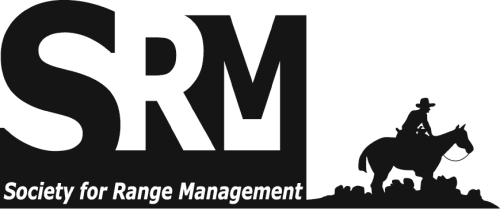For the successful reclamation of disturbed land, the reduction of initial erosion risk must be balanced with later vegetation establishment. This can be problematic in arid and semi-arid regions such as southern Arizona. Revegetation practices such as seeding with a diverse seed mix can result in greater native plant cover, species richness, and herbaceous biomass than both the unseeded plots and the control plots. However after seeding, the resulting plant communities may be substantially different from the pre-disturbance communities or may fail altogether due to lack of rainfall.� Undesirable species can also dominate unseeded plots. �Surface mulches such as straw or wood chips can result in more vegetation establishment and above ground biomass while suppressing undesirable volunteer species and reducing erosion. As mulch amounts increase erosion decreases but, above a threshold, vegetation begins to decrease and is suppressed by surface applied mulch.� Incorporating mulch into the soil can result in community composition shifts toward more grasses or suppress vegetation entirely but has a more ambiguous effect on erosion.� �Documented seeding and amendment practices were evaluated and put into a framework to evaluate their potential for success in terms of erosion control, resulting plant community, and potential of the reclaimed site for reuse.

Oral presentation and poster titles, abstracts, and authors from the Society for Range Management (SRM) Annual Meetings and Tradeshows, from 2013 forward.